Nestled between Moldova and Ukraine, Transnistria is a unique enclave that defies easy categorization. This unrecognized state operates under a government reminiscent of the Soviet era, clinging to the remnants of its communist past. With Lenin statues lining its streets and Soviet-era architecture, Transnistria presents a captivating contrast to the modern world surrounding it. Yet, beneath this nostalgic facade, a complex geopolitical landscape emerges, hinting at the region’s fragile and uncertain future.
Key Points
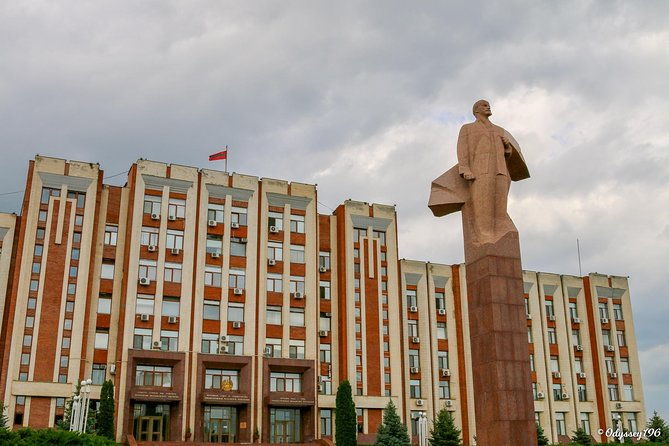
- Transnistria, an unrecognized state, maintains a Soviet-style government and close ties to Russia, defying international norms and Moldova’s control.
- The region is characterized by Soviet-era architecture, Lenin statues, and historical sites like the Bendery Fortress, reflecting its communist heritage.
- Bender, a strategic city along the Dniester River, symbolizes Transnistria’s defiant independence, with remnants of its communist past and ongoing power struggles.
- Tiraspol, the capital, showcases the Soviet legacy through government buildings, financial institutions, and monuments, preserving the region’s Soviet identity.
- Transnistria’s future remains uncertain, as it navigates the complex geopolitical landscape, relying on Russian support while its independence is unrecognized by the international community.
Unraveling the Enigma of Transnistria
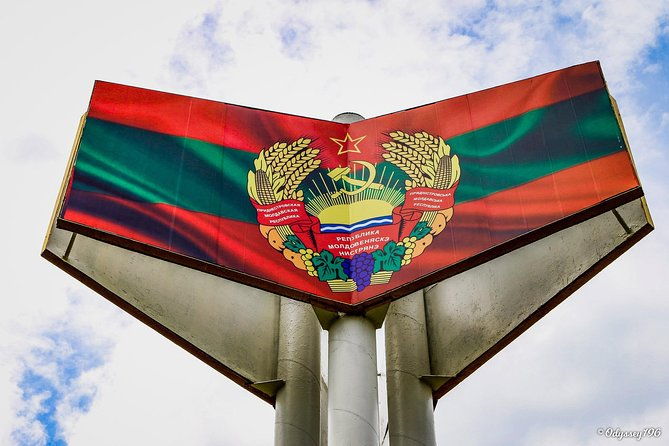
Why does Transnistria remain an enigma to the outside world? This breakaway region of Moldova has existed in a state of limbo since the collapse of the Soviet Union.
As an unrecognized state, it operates outside international norms, maintaining close ties to Russia while seeking independence.
Transnistria’s Soviet-style government, heavy military presence, and unresolved conflict with Moldova contribute to its mysterious nature.
Yet, beneath the surface, it’s a complex tapestry of history, identity, and geopolitical tensions.
Unraveling this enigma requires delving into Transnistria’s unique path, navigating its murky status, and understanding the forces shaping its uncertain future.
Looking for more options in Chisinau? We've reviewed plenty of other experiences.
A Journey Through Time: The Soviet Legacy
Stepping into Transnistria is akin to taking a step back in time, where the echoes of the Soviet era still reverberate. This unrecognized breakaway state offers a glimpse into a bygone era, with Soviet-era architecture, statues of Lenin, and a state-run economy.
Travelers can enjoy the unique atmosphere, exploring:
- The imposing Parliament building, a symbol of Transnistria’s defiance
- The Memorial to the Defenders of the Homeland, honoring the region’s armed forces
- The KGB Museum, a chilling reminder of the Soviet Union’s repressive past
- The Kvint Cognac Factory, producing a distinctly Soviet-style spirit
- The Bendery Fortress, a historic fortress with ties to the Crimean War
Bender: Gateway to a Frozen Conflict

Bender, a strategic city along the Dniester River, serves as a gateway into the frozen conflict of Transnistria. This former Soviet stronghold remains a key player in the region’s unresolved separatist movement.
Visitors can explore the remnants of its communist past, from the grand statue of Lenin to the imposing KGB headquarters. The city’s historical significance is palpable, as it has witnessed numerous battles and power struggles over the decades.
Today, Bender stands as a symbol of Transnistria’s defiant independence, a place where the past and present collide, offering a unique and thought-provoking travel experience.
Tiraspol: Capital of the Unrecognized State
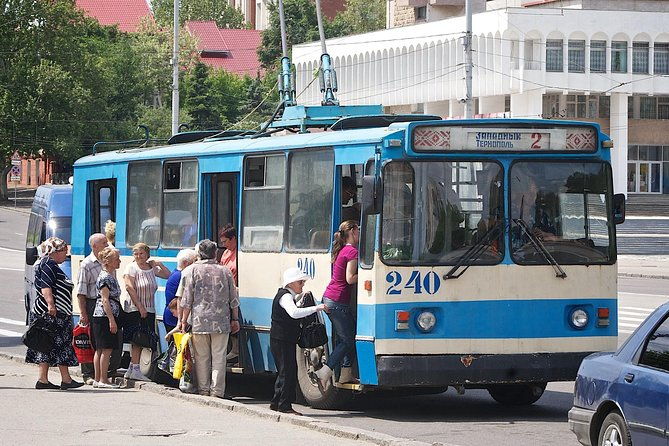
Tiraspol, the capital of the unrecognized state of Transnistria, stands as a testament to the region’s Soviet legacy.
Adorned with hammer-and-sickle flags and Lenin statues, the city offers a unique glimpse into a bygone era.
Visitors can explore:
- The imposing Government House, a symbol of Transnistria’s independence
- The Transnistrian National Bank, a relic of the Soviet financial system
- The colorful Victory Square, home to a grand World War II memorial
- The Sheriff Football Stadium, a testament to the region’s economic power
- The Sheriff Supermarket, a remnant of the state-controlled economy
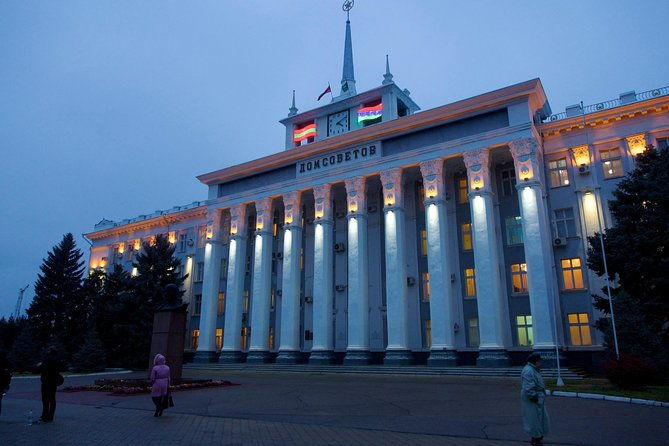
While Transnistria’s self-proclaimed independence remains unrecognized by the international community, the region’s geopolitical significance can’t be overstated.
Situated between Moldova and Ukraine, Transnistria serves as a strategic buffer zone, with strong ties to Russia. This delicate balance has led to tensions, as the breakaway region relies on Moscow’s economic and military support, while Moldova and the West seek to limit Russian influence.
Navigating this complex landscape requires careful diplomacy, as any missteps could destabilize the fragile status quo.
Ultimately, the future of Transnistria remains uncertain, a testament to the enduring challenges of territorial conflicts in post-Soviet Europe.
- Best of Moldova: Cricova Winery & Old Orhei Tour Including Curchi Monastery
- Travel to Pridnestrovie With Anton Dendemarchenko – Day Tour
- Tiraspol and Bender Back in the USSR Tour
- Milestii Mici Underground Winery Tour INCLUDING Wine Tasting
- Authentic Moldova – Excursion to Orhei Vechi
- New!All Moldova:Cricova Winery, Old Orhei and Curchi(+LUNCH!)
Echoes of the Past: Soviet-Style Experiences
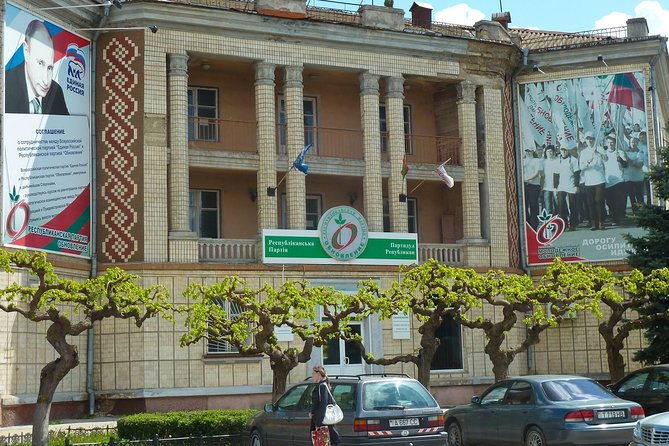
Stepping into Transnistria is akin to stepping back in time, where Soviet-era relics and remnants permeate the landscape.
Visitors can enjoy the region’s unique Soviet-style experiences:
-
Exploring the imposing Monument of the Komsomol, a tribute to the communist youth organization
-
Dining at a retro-themed USSR-style café, savoring nostalgic dishes and beverages
-
Marveling at the grand buildings of Tiraspol, the capital, which showcase the architecture of the Soviet era
-
Browsing the shelves of a preserved Soviet-era supermarket, a time capsule of the past
-
Witnessing the changing of the guard at the Transnistrian presidential palace, a nod to the region’s separatist aspirations.
Reflections on Transnistria’s Uncertain Future
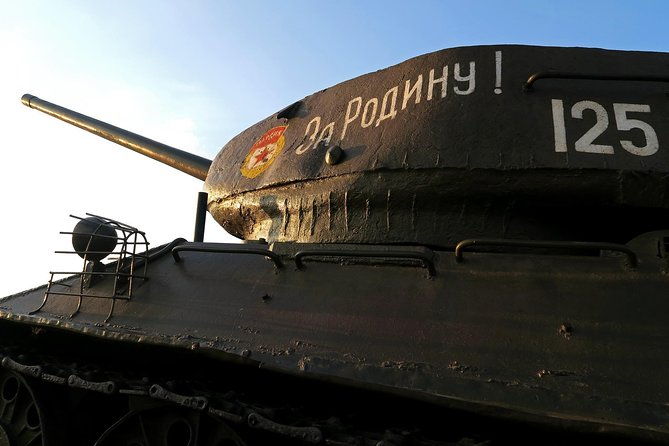
As Transnistria continues to navigate its precarious position on the geopolitical stage, its future remains shrouded in uncertainty.
This self-proclaimed republic, unrecognized by the international community, exists in a state of limbo, its very existence a source of ongoing tension.
While it maintains strong ties to Russia, its economic and political stability remains fragile.
Observers wonder whether Transnistria will eventually reconcile with Moldova or seek further integration with Moscow.
Ultimately, the region’s path forward remains unclear, a testament to the complex dynamics that continue to shape its trajectory.
The Travelers’ Perspective: Insights and Impressions
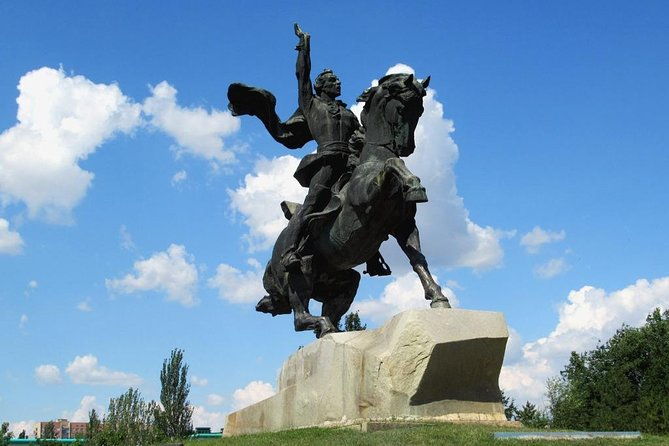
Travelers who’ve experienced the Transnistria tour share a common sense of intrigue and fascination with this unique region.
They highlight:
-
The knowledgeable and personable guides who provide in-depth insights into Transnistria’s complex history and current state.
-
The efficiency of the tour itinerary, allowing them to maximize their time and explore the key sights in Bender and Tiraspol.
-
The opportunity to step back in time and enjoy the Soviet-era atmosphere, from the architecture to the cuisine.
-
The seamless logistics, from convenient pickups to comfortable transportation.
-
The overall value of the tour, offering a memorable cultural experience at a reasonable price.
Frequently Asked Questions
Is It Safe to Travel to Transnistria as a Tourist?
The Transnistria tour is generally considered safe for travelers, with a knowledgeable guide and limited group size. However, visitors should exercise caution, check travel advisories, and ensure they have valid passports before embarking on the journey.
Can I Use My Regular Currency in Transnistria?
No, you can’t use your regular currency in Transnistria. The unrecognized region has its own currency, the Transnistrian ruble, which is required for most transactions. It’s best to exchange money before your trip to ensure you can pay for purchases and experiences.
Are There Any Restrictions on Photography in Transnistria?
There are generally no restrictions on photography in Transnistria, though visitors should be mindful of not photographing military installations or government buildings. The tour guide can provide guidance on appropriate photo-taking during the excursion.
Can I Visit Transnistria With a Non-Eu Passport?
Yes, travellers with non-EU passports can visit Transnistria on this tour. The tour provider notes that a valid passport is required on the day of travel, regardless of the passport’s origin.
What Are the Visa Requirements for Visiting Transnistria?
Travelers with non-EU passports can visit Transnistria, but they’ll need a valid passport and may require a visa. It’s best to check the current visa requirements before planning a trip to this unrecognized breakaway state.
The Sum Up
Transnistria remains a unique enclave, frozen in time and defiant against external pressures. Its Soviet-inspired government, heavy military presence, and reliance on Russia create a complex interplay of nostalgia and geopolitical tension. Travelers to this unrecognized state find themselves immersed in a world that has largely moved on, and the region’s uncertain future leaves a lasting impression on those who venture into its enigmatic landscape.
More Tour Reviews in Chisinau
Still browsing? Here are more Chisinau experiences we've covered recently
- 4 Top Walking Tours In Chisinau (With Reviews & Prices)
- What Are The Best Wine Tours In Chisinau? Our Top 14 Picks
- 14 Best Tours & Experiences In Chisinau (With Prices)
- The 13 Top Tours In Chisinau: Which Is Best?
- Chisinau: City Highlights Private Walking Tour
- National Wine Day Celebrations In Moldova
- Chiinu: Transnistria Back in the USSR Tour
- Chisinau:Transnistria Soviet Era& Castle Mimi Winery by car
- From Chisinau: Old Orhei and Chateau Vartely Winery Tour
- Rural Moldova: Best Yoga Farm Retreat for Soul and Body
- Chisinau: Walking City Tour
- Chisinau: Highlights Tour with Wine Tasting
